Finding Your Yoga Style: Exploring Different Paths on the Mat
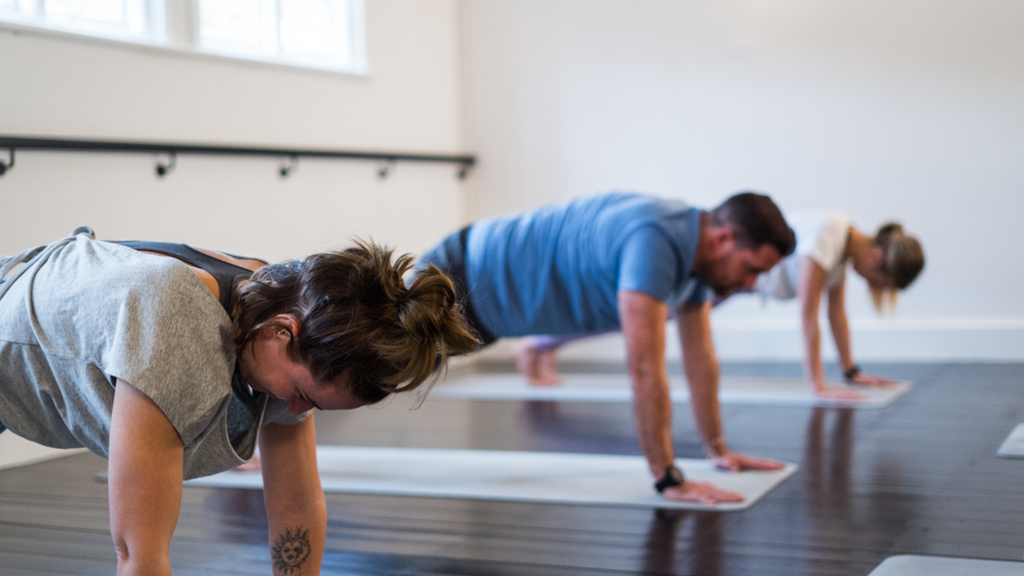
Yoga is a transformative practice that has been embraced by millions around the world. With its origins in ancient India, yoga offers a wide range of physical, mental, and spiritual benefits. One of the fascinating aspects of yoga is the diversity of styles and approaches available to practitioners. Each style brings its unique flavor and focus, allowing individuals to find a path that resonates with their needs and goals. In this article, we will explore the concept of finding your yoga style and delve into some popular options available to aspiring yogis. Whether you're a beginner or an experienced practitioner, this guide will help you navigate the vast world of yoga and discover the style that best suits your personality and objectives.
The Foundations of Yoga
Before delving into the various yoga styles, it's important to understand the foundations upon which they are built. The ancient practice of yoga encompasses physical postures (asanas), breath control (pranayama), meditation, and ethical principles. These elements work in harmony to promote overall well-being and spiritual growth. Regardless of the style you choose, these fundamentals serve as the backbone of every yoga practice.
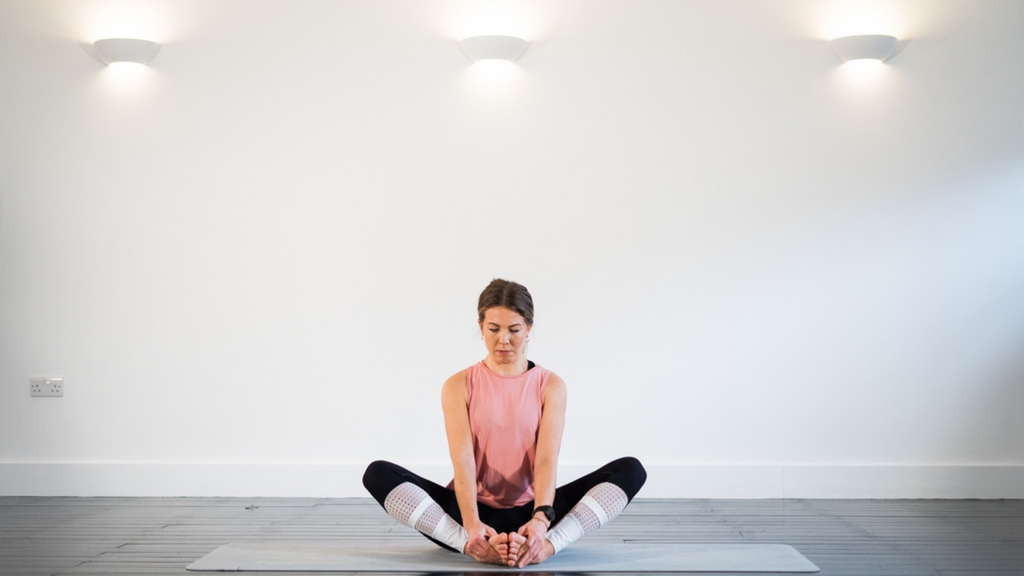
Hatha Yoga: Balancing Body and Mind
Hatha yoga is a broad term that encompasses various physical yoga styles. It focuses on aligning the body, improving flexibility, and developing concentration. Hatha classes typically involve a combination of asanas, pranayama, and relaxation techniques. This style is an excellent starting point for beginners, as it provides a solid foundation and allows individuals to explore their bodies' capabilities.
Key Poses and Benefits
Mountain Pose (Tadasana): Improves posture, strengthens the legs and core, and promotes grounding and stability.
Downward Facing Dog (Adho Mukha Svanasana): Stretches the entire body, strengthens the arms and shoulders, and increases blood flow to the brain.
Warrior II (Virabhadrasana II): Builds strength in the legs, opens the hips, and cultivates focus and endurance.
Child's Pose (Balasana): Releases tension in the back and shoulders, calms the mind, and promotes relaxation.

Vinyasa Flow: Dynamic and Fluid
Vinyasa flow, often referred to as "flow yoga," is a dynamic and fluid style characterized by continuous movement and synchronized breathing. It emphasizes transitions between poses, creating a seamless flow that promotes strength, flexibility, and cardiovascular fitness. Vinyasa classes are energetic and can be challenging, making them a popular choice for those seeking a more physically demanding practice.
Key Poses and Benefits:
Sun Salutations (Surya Namaskar): Energizes the body, warms up the muscles, and improves circulation.
Chaturanga Dandasana (Four-Limbed Staff Pose): Strengthens the arms, shoulders, and core, and builds stability and endurance.
Tree Pose (Vrksasana): Enhances balance and focus, stretches the thighs and calves, and promotes a sense of grounding and stability.
Upward Facing Dog (Urdhva Mukha Svanasana): Strengthens the arms and wrists, opens the chest, and increases spinal flexibility.
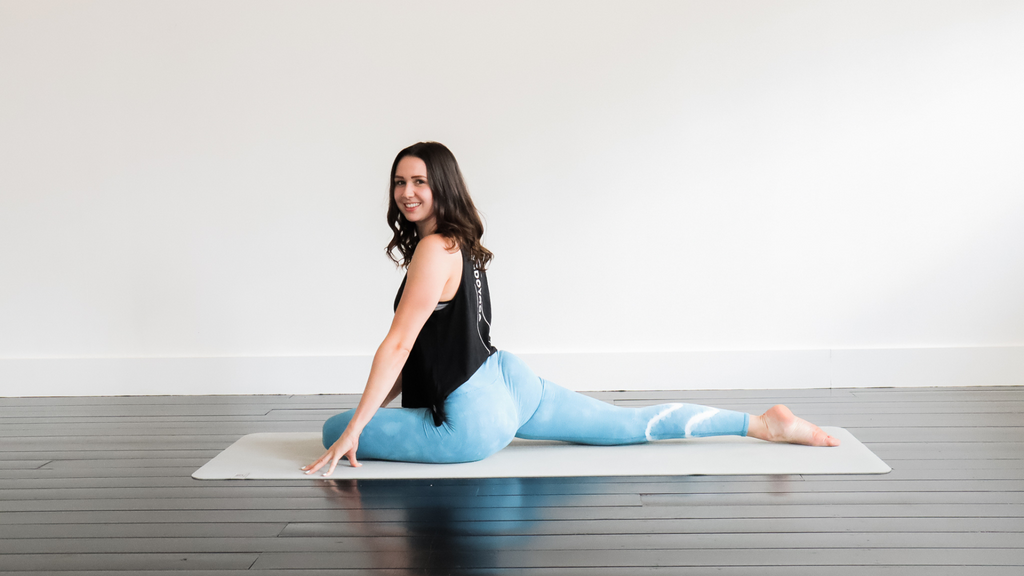
Yin Yoga: Deep Relaxation and Meditation
In contrast to the active and dynamic styles, Yin yoga is a slow-paced practice that targets the deeper connective tissues, such as ligaments, joints, and fascia. Poses are held for an extended period, typically ranging from three to five minutes, allowing for a deep release and relaxation. Yin yoga is an excellent choice for individuals seeking a meditative and introspective practice that enhances flexibility and cultivates mindfulness.
Key Poses and Benefits:
Butterfly Pose (Baddha Konasana): Opens the hips and groin, stimulates the kidneys and bladder, and promotes a sense of surrender and introspection.
Sphinx Pose (Salamba Bhujangasana): Relieves lower back pain, opens the chest and shoulders, and cultivates patience and surrender.
Dragon Pose (Lunges): Stretches the hip flexors, groin, and thighs, enhances hip mobility, and encourages release and surrender.
Legs Up the Wall Pose (Viparita Karani): Soothes the nervous system, improves circulation, and promotes relaxation and restoration.
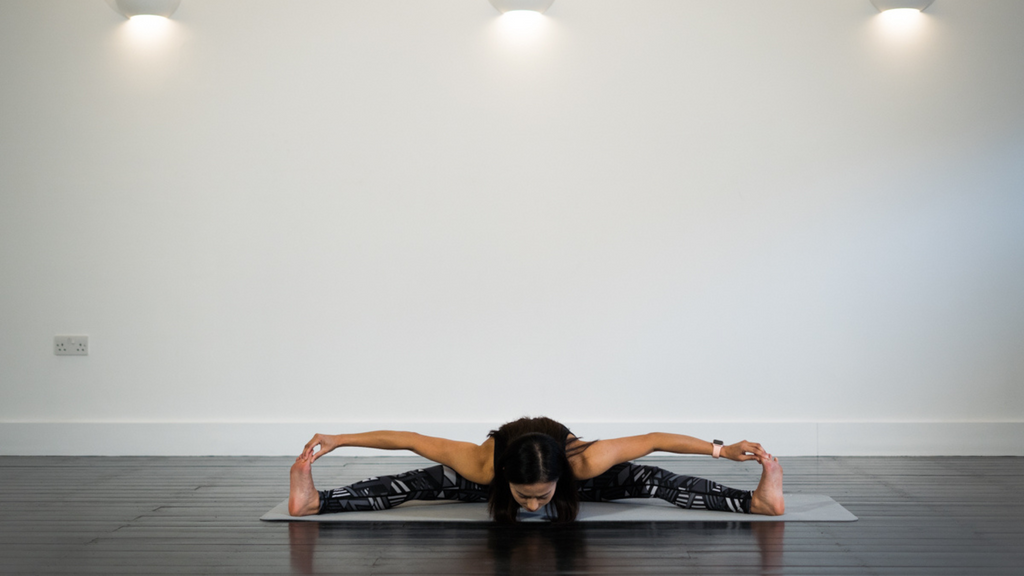
Ashtanga Yoga
A Structured and Disciplined Approach (250 words): Ashtanga yoga follows a specific sequence of postures that progressively challenge the practitioner. It is a physically demanding and disciplined style that focuses on breath control, muscular engagement, and internal energy locks called bandhas. Ashtanga classes are typically led in a traditional Mysore-style format, where students practice at their own pace, under the guidance of a teacher. This style is suitable for individuals seeking a structured and rigorous practice.
Key Poses and Benefits
Standing Forward Bend (Uttanasana): Releases tension in the hamstrings, calms the mind, and promotes introspection and surrender.
Triangle Pose (Trikonasana): Stretches and strengthens the legs, opens the chest and shoulders, and enhances focus and balance.
Headstand (Sirsasana): Boosts circulation to the brain, improves core strength, and cultivates mental clarity and concentration.
Seated Forward Bend (Paschimottanasana): Lengthens the spine, stretches the hamstrings and lower back, and promotes introspection and surrender.
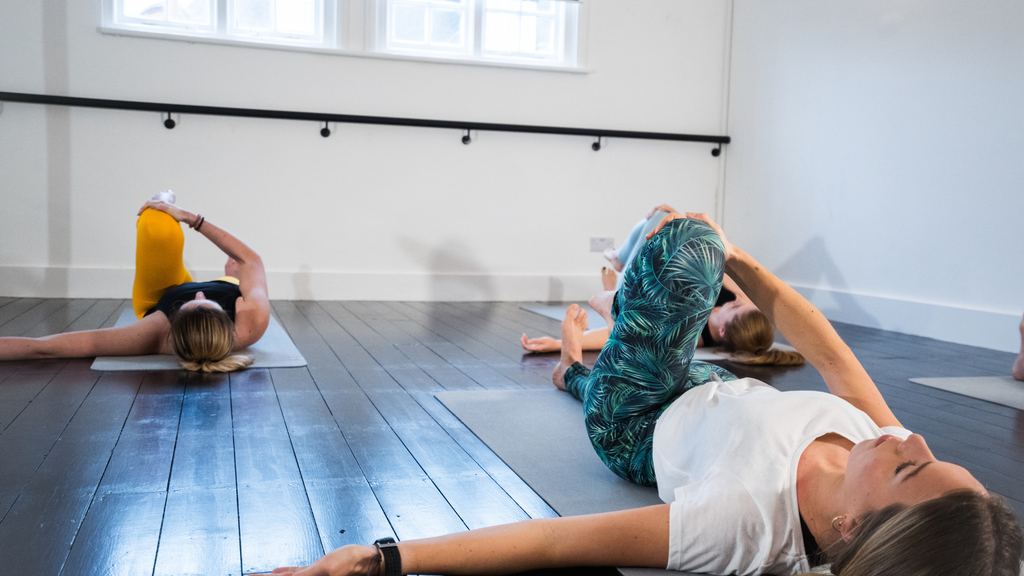
Restorative Yoga: Nurturing the Body and Mind
Restorative yoga aims to create a deeply relaxing and nurturing experience. It involves the use of props, such as bolsters, blankets, and blocks, to support the body in gentle poses that promote relaxation and stress relief. Restorative classes are ideal for individuals recovering from injuries, dealing with chronic pain, or simply seeking a soothing practice that calms the nervous system and restores balance.
Key Poses and Benefits:
Supported Child's Pose (Balasana Variation): Relieves tension in the back and shoulders, calms the nervous system, and induces deep relaxation.
Supported Bridge Pose (Setu Bandha Sarvangasana Variation): Opens the chest and shoulders, stretches the spine, and promotes deep relaxation and rejuvenation.
Legs Up the Wall Pose (Viparita Karani): Soothes the nervous system, improves circulation, and promotes relaxation and restoration.
Supported Savasana (Corpse Pose): Encourages complete surrender and relaxation, reduces stress and anxiety, and rejuvenates the mind and body.
The world of yoga offers an array of styles and approaches, each catering to different needs and preferences. Whether you're drawn to the physical challenge of Vinyasa flow, the deep relaxation of Yin yoga, or the structured discipline of Ashtanga, there is a yoga style waiting to be explored on your mat. Remember that your yoga journey is unique, and what matters most is finding a practice that resonates with your body, mind, and spirit. Don't be afraid to experiment, attend various classes, and seek guidance from experienced teachers. Embrace the beauty of diversity in yoga and allow yourself to evolve and grow as you explore different paths on the mat. Ultimately, the most important aspect is to embrace the practice with an open heart and a willingness to discover the transformative power of yoga.
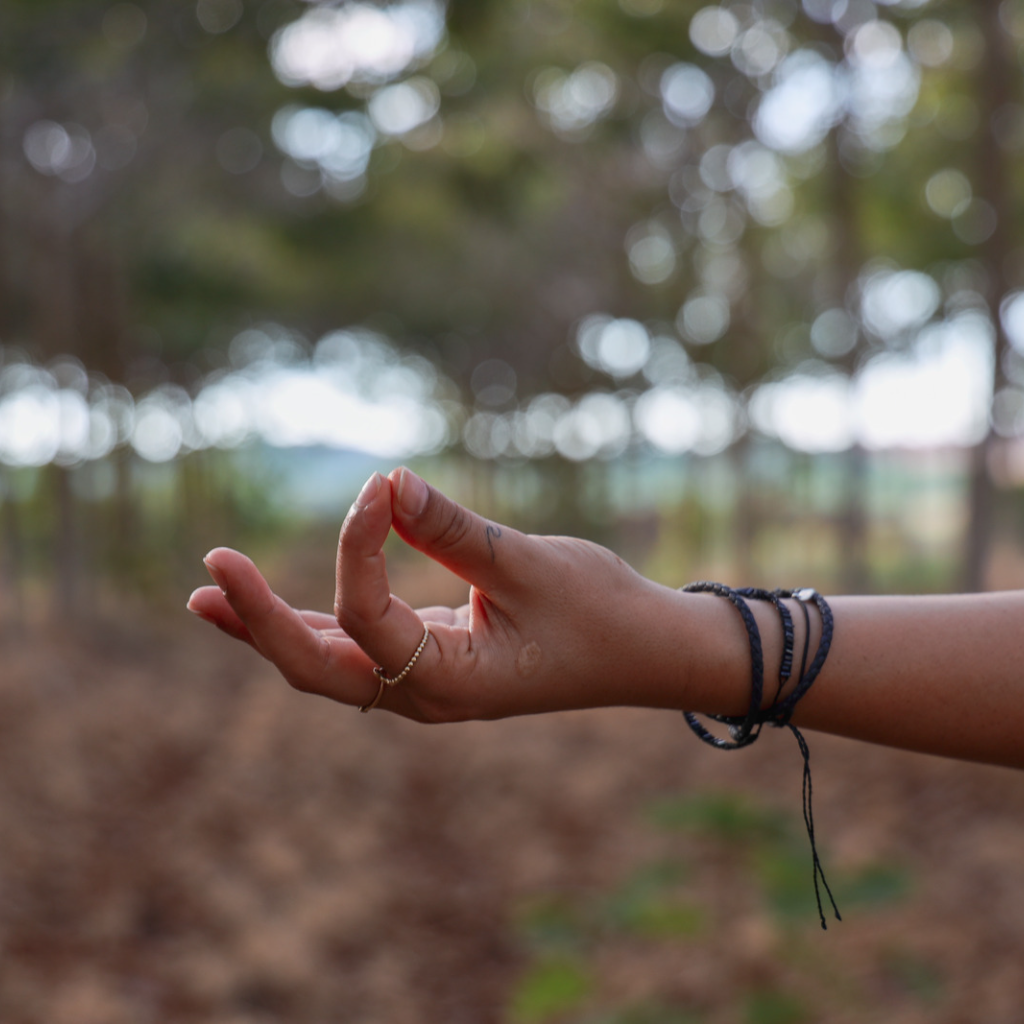
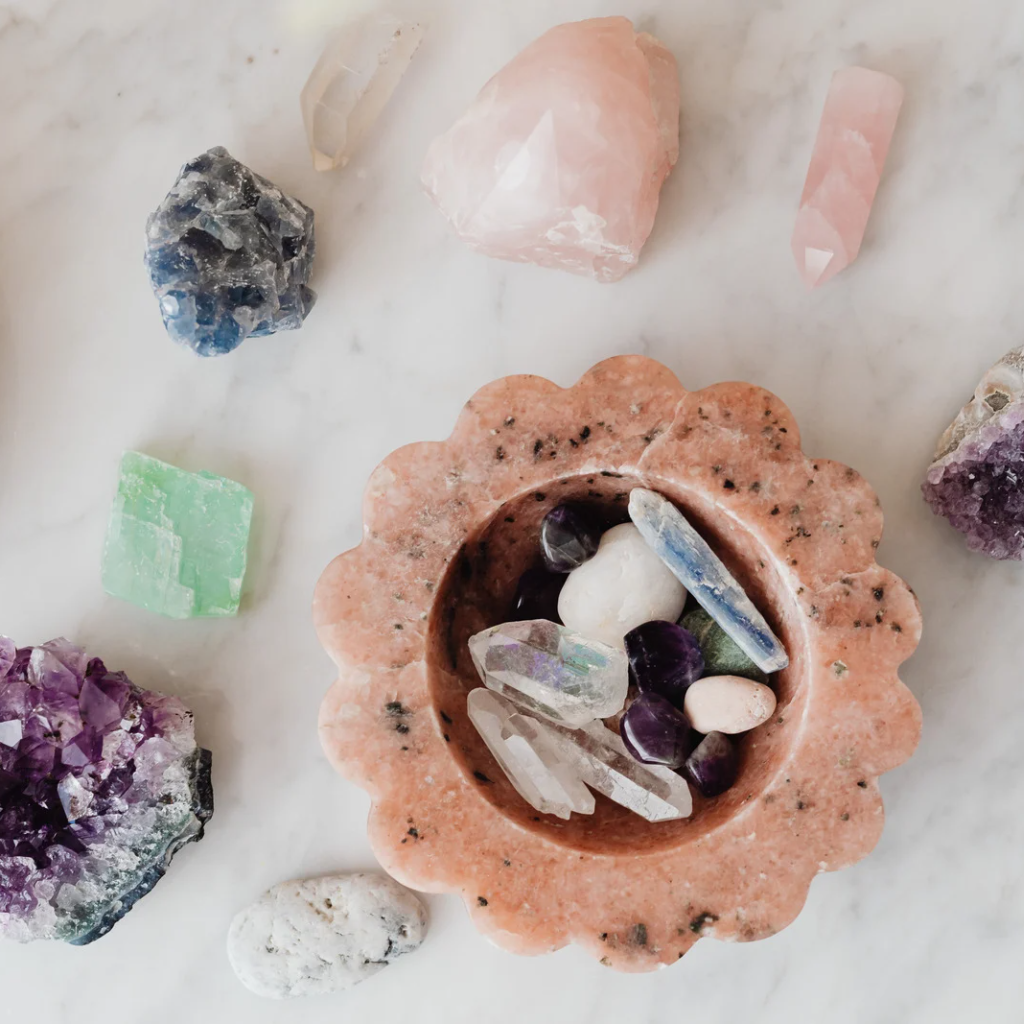
Leave a comment